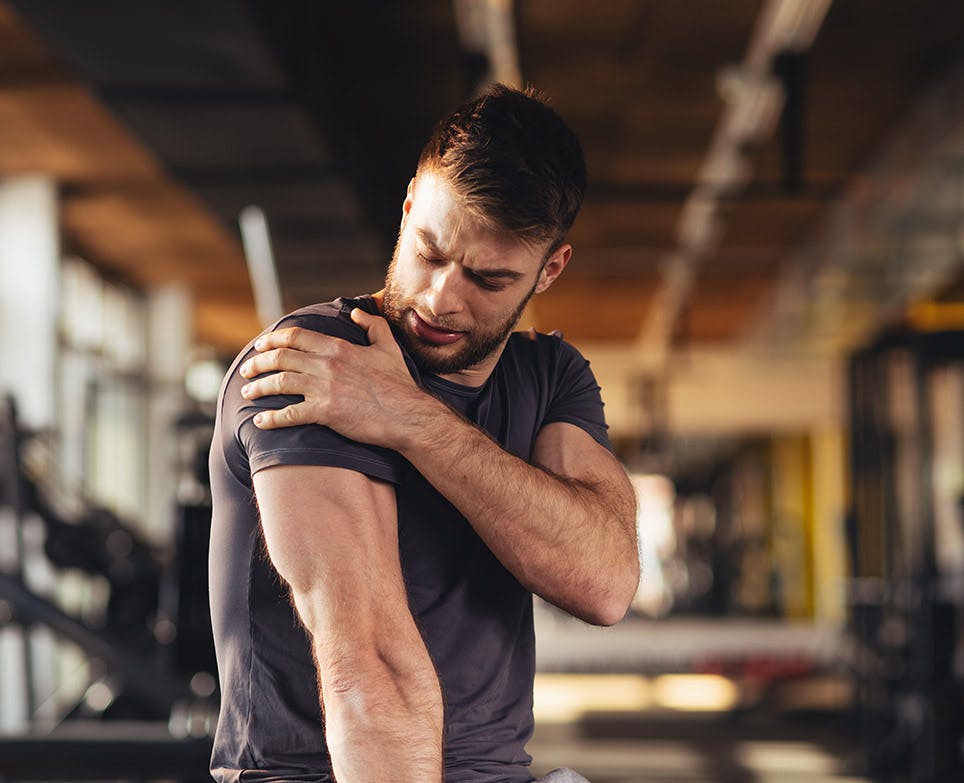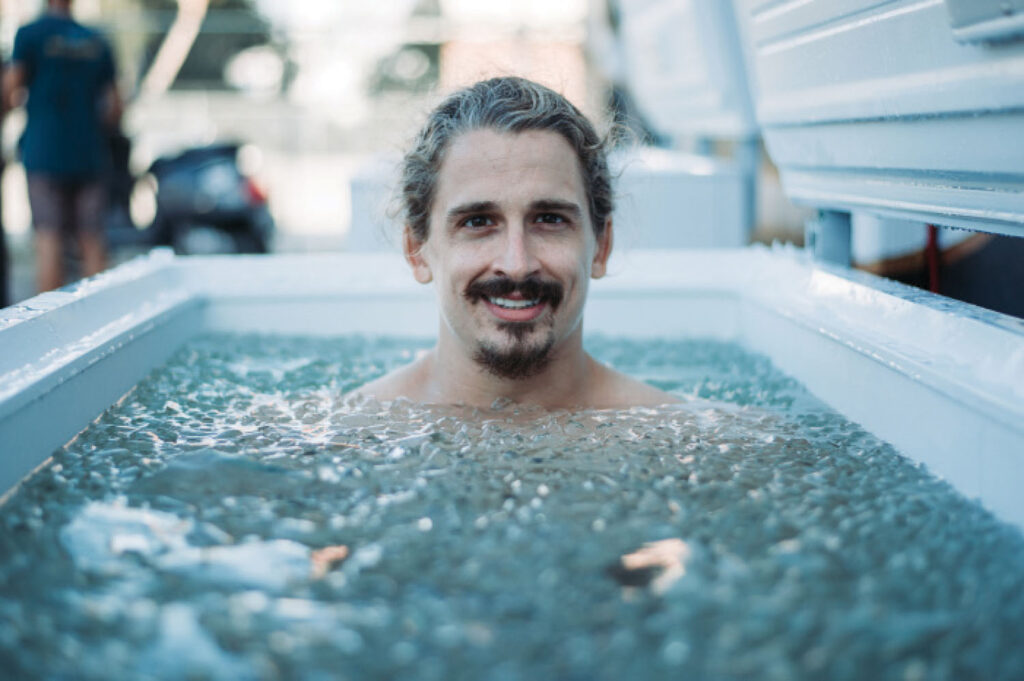A post-workout ankle sprain is serious. It can put you out of the game for a while, depending on how severe it is. One popular option to help with recovery time after this type of injury occurs is cryotherapy, which uses cold water and compression treatment instead of ice packs or bags. There are also cases when an athlete might prefer using a cold bath over wearing something outside their clothing because they don’t want to look like someone who just came in from helping rescue dogs find homes during winter weather! Find out if there are any benefits that one way has over another so that you know what will work best for your specific situation.
Reducing Pain After a Sprain

There are many ways to reduce pain and swelling after a sprain. A cold bath, ice pack, or Cryo Cuff could all work well for reducing post-workout ankle injury symptoms. However, your body mustn’t be exposed to these treatments for too long as they can lower the temperature of tissues in the area which will slow down recovery times dramatically. See more options of Cryo Cuff for your needs.
The best way to reduce swelling quickly after an ankle sprain is with compression bandages applied firmly but not so tight as to restrict circulation drastically at first. Then you can gradually increase pressure over time until full support has been achieved around the joint. Next, move on to lighter supportive bandaging once the initial inflammation has subsided significantly. Alternatively, sports tape can be used to support a sprained ankle by placing it around the area and leaving it for several days until the swelling has gone down.
If you are using ice packs or Cryo Cuffs to reduce inflammation make sure they don’t touch bare skin as this could cause frostbite. This slows down recovery even further. Covering them with a towel is enough unless you’re going out in public where people might be suspicious of what’s under there! If your sprain occurred from playing sports then take some time off from that activity until the full movement can be restored without pain.
You may need crutches to walk around if movement causes excessive discomfort but avoid putting weight through the injured leg whenever possible so try and use other limbs such as arms when climbing stairs etc. Icing the ankle directly after a sprain can help to reduce swelling and pain but try not to ice for longer than 15 minutes as this could cause tissue damage.
Should you use a Cryo Cuff or a Cold Bath for ankle sprains?
There is a lot of debate in the athletic and rehabilitation community about which method provides more effective pain relief. The most common knee injury responds well to Cryotherapy (cold therapy) using an ice pack or cold water immersion for 30 minutes after activity. But it must be noted that there are no solid studies on ankle sprains specifically.
Using the Cryo Cuff to Recover a Post-Workout Ankle Sprain

This is a commercial product that is a good option for athletes who do not want to go the cold water immersion route, especially if they have an injury in a visible area. If you’re going out in public wearing it then people might be suspicious of what’s under there! A Cryo Cuff can be used throughout exercise and recovery sessions providing continuous ice coverage over the affected area. This ensures more time spent with reduced pain compared to using cryotherapy intermittently or by immersing yourself in cooled baths.
Overall though, cryotherapy tends to reduce swelling and inflammation when used immediately after injury with icing at 20-minute intervals up to three times per day. There is evidence, however, that suggests contrast therapy may provide superior results over continuous Cryo Cuff use with possible positive effects lasting longer than 48 hours post-treatment: meaning pre and post-workout applications could yield better long-term results.
Using a Cold Bath to Recover a Post-Workout Ankle Sprain

As for using a cold-water immersion (cold bath), there is limited evidence to support its use, but this method does also have a positive effect on reducing inflammation and swelling. The key factor in determining whether or not you should choose ice over cold baths is the severity of your sprain and how quickly you can get it treated. If possible, seek immediate medical attention, especially if you cannot put weight on the ankle.
General Tips for Recovery

If your sprain occurred from playing sports then take some time off from that activity until the full movement can be restored without pain; otherwise, continue on at less intense levels of exertion while allowing inflammation to subside naturally. You may need crutches to walk around if movement causes excessive discomfort but avoid putting weight through the injured leg whenever possible so try and use other limbs such as arms when climbing stairs etc.
Generally speaking though, after spraining an ankle, RICE therapy should be applied. Rest, ice/compression/elevation with compression wrap around the affected area such as Ace bandage or athletic tape. This will help reduce pain and swelling while protecting the tissue from further damage which could lead to greater complications down the road like arthritis or arthritis.
Once the pain has eased up, you can begin strengthening exercises to work on balance and stability with a focus on proprioceptive activities like heel slides or toe walking. This will help strengthen the muscles around your ankle which are needed for the proper function of this joint while improving coordination and muscle memory-all things that could be negatively impacted by an ankle sprain if not rehabilitated properly. The goal is to regain full range of motion in movement patterns before returning to sport-specific training!
So there you have it: should I use Cryo Cuff or Cold Bath? It really depends on what type of person you are. But overall, cold water immersion seems superior as long as its application doesn’t take too long after the injury occurs (no longer than 30 minutes) and the benefits are reaped immediately before activity. If you have to wait, then use ice or Cryo Cuff with compression wrap for best results!
Good luck in your athletic endeavors!
Related Posts:
- 10 Pre-Workout Breakfast Ideas Before Your Morning…
- 10 Best Solar Post Lights & Solar Fence Post Caps…
- What Are Pre-Workout Supplements And Why Do You Need Them?
- How to Relieve Muscle Soreness After a Workout
- Reasons why you should use a Mac instead of a PC for…
- CBD Gummies: What Are They and Should I Use Them?







